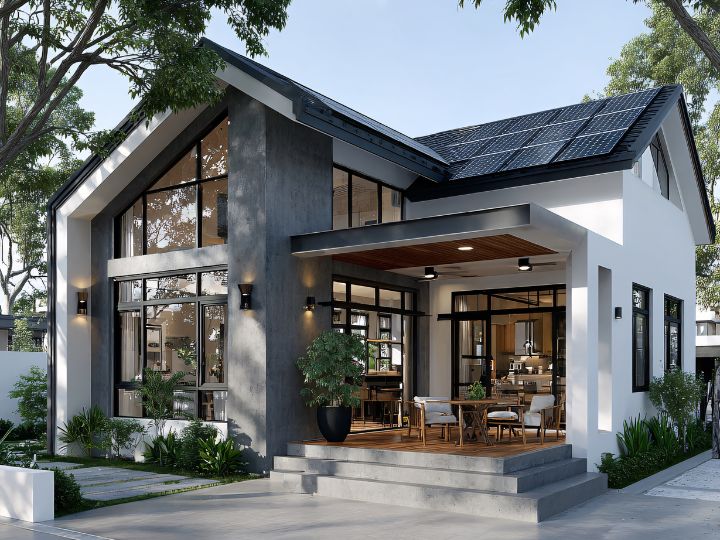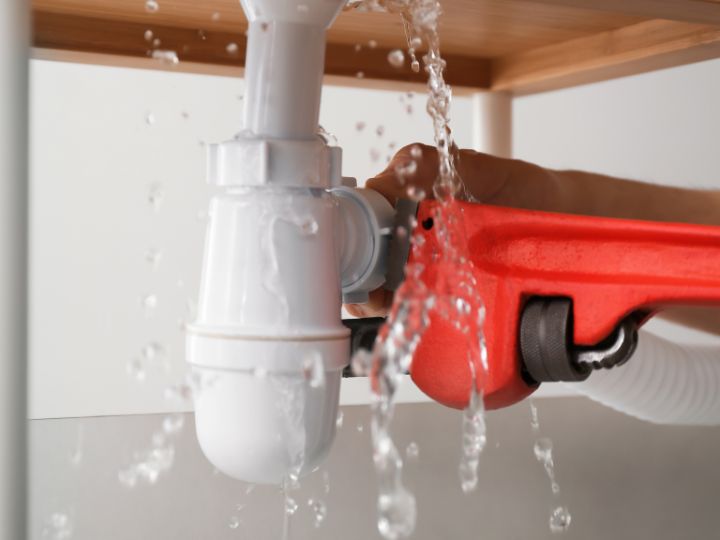
10 Kitchen Renovation Mistakes to Avoid

A kitchen renovation can transform your home, but it's also one of the most complex and costly home improvement projects you can undertake. With the average kitchen remodel costing between $25,000 and $75,000, mistakes can be extraordinarily expensive to fix. This guide will help you navigate common pitfalls that can derail your kitchen renovation, drain your budget, and extend your timeline.
The True Cost of Kitchen Renovation Mistakes
Before diving into specific mistakes, it's important to understand their potential impact. A single planning error can cascade into thousands of dollars in corrections, weeks of delays, and significant stress. According to kitchen design professionals, fixing major renovation mistakes typically adds 10-25% to the total project cost and can extend timelines by several weeks or even months.
1. Poor Space Planning: The Foundation of Function
One of the most critical errors homeowners make occurs before any construction begins: inadequate space planning. This fundamental mistake can compromise your kitchen's functionality for years to come.
The Work Triangle Dilemma
The kitchen work triangle (the path between your sink, stove, and refrigerator) should flow naturally, with each leg measuring between 4 and 9 feet. Common mistakes include:
- Placing appliances too far apart, causing inefficient movement
- Positioning islands that obstruct natural traffic flow
- Creating cramped workspaces that make cooking difficult
Prevention Strategies:
- Map out your work triangle before finalizing any plans
- Use painter's tape on your floor to simulate new layouts
- Consider how multiple cooks will use the space
- Allow at least 42 inches of clearance for walkways
- Ensure 15-18 inches of counter space on either side of cooktops and sinks
Cost of Correction: $5,000-$15,000 for layout modifications after installation
2. Inadequate Budget Planning: The Financial Pitfall
Underestimating costs is a pervasive problem that can halt your renovation midway or force compromises on important elements.
Hidden Costs Often Overlooked:
- Permit fees and inspections ($500-$2,000)
- Temporary kitchen setup during renovation
- Upgraded electrical work for new appliances
- Structural modifications for proper ventilation
- Disposal of old materials and construction waste
Budget Planning Framework:
- Allocate 20% of your budget for unexpected issues
- Break down costs by category:
- Cabinets and hardware (35%)
- Installation labor (20%)
- Appliances (20%)
- Countertops (10%)
- Lighting and electrical (5%)
- Plumbing (5%)
- Flooring (5%)
Prevention Strategy: Create a detailed spreadsheet listing every component, including small items like drawer pulls and switch plates.
3. Choosing Appliances Last: A Costly Sequence Error
Selecting appliances after designing your layout can lead to expensive modifications and compromised functionality.
Common Consequences:
- Cabinet modifications ($200-$500 per unit)
- Electrical and plumbing relocations ($500-$2,000)
- Reduced counter space due to oversized appliances
- Ventilation system incompatibilities
Planning Sequence:
- Determine appliance needs and specifications
- Design cabinet layout around appliances
- Plan electrical and plumbing requirements
- Order appliances before cabinet fabrication
Expert Tip: "Always begin with your appliance wishlist. These are the workhorses of your kitchen and should dictate the design, not the other way around." - Professional Kitchen Designer
4. Neglecting Storage Solutions: The Organization Oversight
Inadequate storage planning can result in a beautiful but impractical kitchen.
Critical Storage Considerations:
- Specific storage needs for your cooking style
- Vertical storage opportunities
- Corner cabinet accessibility
- Pantry organization systems
- Specialized storage for:
- Small appliances
- Cooking utensils
- Food storage containers
- Spices and pantry items
Prevention Strategy: Conduct a detailed inventory of your current kitchen items and plan storage accordingly.
5. Poor Lighting Design: The Visibility Factor
Inadequate lighting can make even the most beautiful kitchen difficult to use effectively.
Essential Lighting Layers:
- Task Lighting: Under-cabinet lights, pendant lights over work areas
- Ambient Lighting: Recessed lights, chandeliers
- Accent Lighting: In-cabinet lighting, toe kick lighting
- Natural Light: Window placement and size
Common Mistakes:
- Insufficient task lighting at work surfaces
- Poor placement of recessed lights
- Overlooking dimmer switches
- Inadequate electrical planning for lighting needs
Cost Impact: Adding lighting after completion can cost 2-3 times more than during initial installation.
6. Ignoring Ventilation: The Air Quality Issue
Proper ventilation is crucial for air quality, comfort, and building code compliance.
Ventilation Requirements:
- Hood size relative to cooktop dimensions
- Proper CFM (cubic feet per minute) capacity
- Correct duct size and installation
- Make-up air considerations
- Sound level considerations
Prevention Strategy: Consult with HVAC professionals early in the planning process to ensure proper ventilation design.
7. Sacrificing Function for Style: The Form vs. Function Balance
Prioritizing aesthetics over functionality can lead to long-term dissatisfaction.
Common Compromises to Avoid:
- High-maintenance countertop materials
- Impractical flooring choices
- Insufficient counter space for aesthetic features
- Hard-to-clean cabinet finishes
- Impractical sink designs
Expert Advice: "Choose materials that match your lifestyle. The most beautiful kitchen is one that works perfectly for its users." - Interior Designer
8. DIY Overconfidence: Know Your Limits
Understanding when to hire professionals can save money and prevent serious problems.
Tasks Requiring Professional Expertise:
- Electrical work (required by code)
- Plumbing modifications
- Gas line installations
- Structural changes
- Complex cabinet installations
Cost Comparison: Professional installation typically adds 20-35% to material costs but can prevent costly errors.
9. Rushing the Design Phase: The Planning Imperative
Inadequate planning is a leading cause of budget overruns and timeline extensions.
Critical Planning Elements:
- Material selection and coordination
- Color scheme development
- Layout optimization
- Timeline development
- Contractor coordination
Prevention Strategy: Spend at least 3-6 months in the planning phase for major renovations.
10. Overlooking Small Details: The Final Touches
Small oversights can have a big impact on your kitchen's functionality and appearance.
Important Details to Consider:
- Outlet placement and quantity
- Hardware functionality and placement
- Door and drawer clearances
- Toe kick heights
- Filler strips and end panels
- Cleaning accessibility
Expert Tip: "The difference between a good kitchen and a great kitchen often lies in the details." - Kitchen Remodeling Contractor
Moving Forward: Your Action Plan
To avoid these common mistakes, follow this systematic approach:
- Create a detailed project plan
- Develop a realistic budget with contingency
- Research and select appliances early
- Consult with professionals for complex elements
- Take time for thorough planning
- Document all decisions and specifications
- Regular quality checks during installation
Remember: A successful kitchen renovation requires careful planning, attention to detail, and the wisdom to know when to seek professional help. The time and effort invested in proper planning will pay dividends in functionality, enjoyment, and avoided costly mistakes.
Final Thoughts
Your kitchen renovation can be successful with proper planning and awareness of potential pitfalls. Take time to research, plan carefully, and work with qualified professionals when needed. The result will be a kitchen that not only looks beautiful but functions perfectly for your needs.
Remember to:
- Plan thoroughly before beginning
- Budget realistically with contingencies
- Choose function over pure aesthetics
- Invest in quality where it matters most
- Document everything
- Work with qualified professionals
With careful attention to these details and awareness of common mistakes, you can create the kitchen of your dreams while avoiding costly errors and delays.
Latest Blogs
Transform your dream home into reality with our premier renovation services!
Book a call with us today and let's create the perfect space tailored just for you.

.svg)
.svg)



